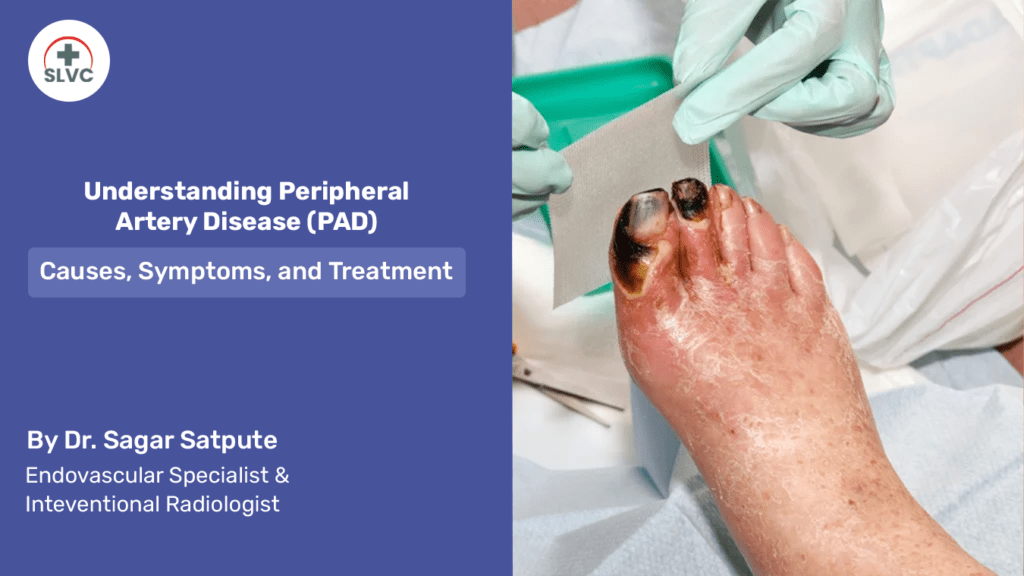
Peripheral artery disease (PAD) is a common circulatory problem in which narrowed arteries reduce blood flow to your limbs. When you develop PAD, your extremities, usually your legs, don’t receive enough blood flow to keep up with demand. This may cause symptoms, most notably leg pain when walking (claudication).
The most common cause of peripheral artery disease is atherosclerosis. This condition occurs when fatty deposits (plaques) build up in the artery walls, reducing blood flow. Dr. Sagar Satpute at SLVC Clinic explains that the buildup of these plaques can restrict blood flow and lead to PAD.
Peripheral artery disease is a serious condition that can significantly impact your quality of life if left untreated. By understanding the causes, symptoms, and risk factors associated with PAD, you can take proactive steps to reduce your risk and maintain optimal vascular health. At SLVC Clinic, Dr. Sagar Satpute is dedicated to providing comprehensive care and advanced non-surgical treatments tailored to your needs. Take charge of your vascular health today by seeking expert guidance and support from SLVC Clinic. For more detailed information and personalized care, explore our blogs and schedule a consultation with Dr. Sagar Satpute. Your journey to better vascular health starts here.